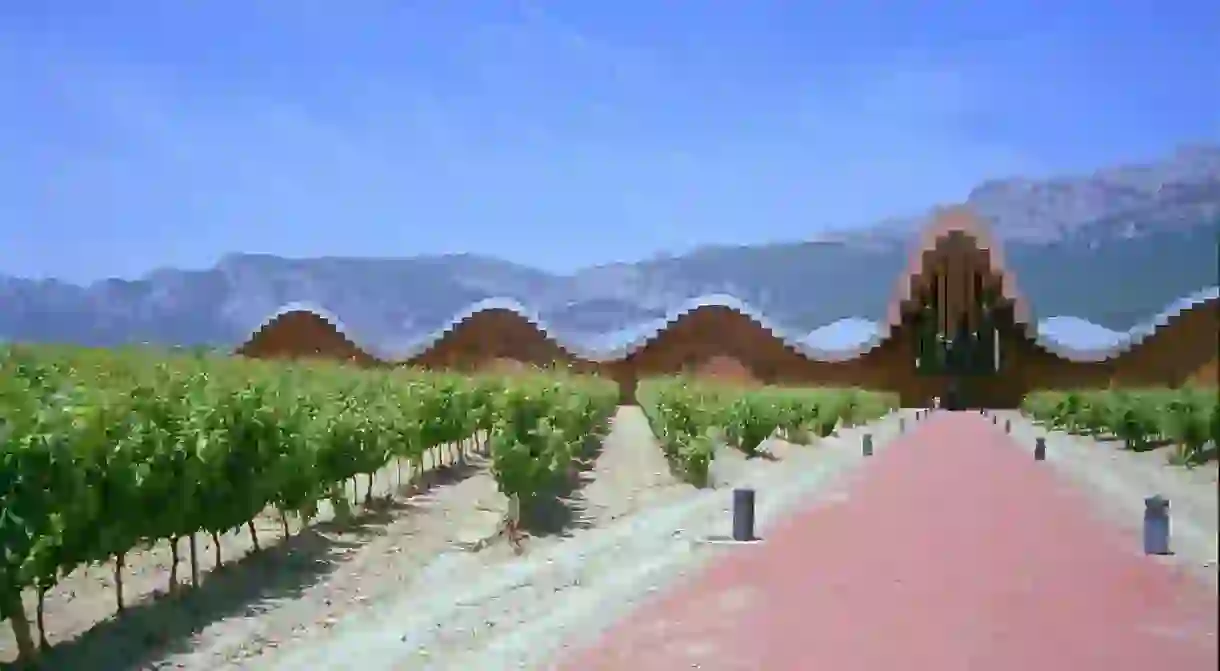The Most Unusual Buildings to Visit in Spain that Aren't by Gaudí

The architect Antoni Gaudí created some pretty fantastical and unusual buildings in Barcelona and across northern Spain, but there have been many people both before and after him who have also designed and constructed bizarre, unusual structures across the country. Here are some of our favourites.
Guggenheim, Bilbao
Museum, Ruins
Ciutat de les Arts i les Ciències, Valencia
Building, Cinema, Museum, Opera House, Aquarium, Concert Hall, Architectural Landmark

Hotel Marqués de Riscal, La Rioja
Spa Hotel, Hotel

Another Frank Gehry construction is the Hotel Marqués de Riscal, located inside The City of Wine complex of Elciego and part of the Marqués de Riscal winery in Rioja. Its undulating titanium ribbon-like structure is an unmistakable style of Gehry’s, who created it to mimic the shiny foil around a wine bottle and the deep purple of the grapes.
Bodegas Ysios, La Rioja
Wine Seller, Bodega, Spanish

Hanging Houses of Cuenca

Health Department Building, Bilbao
Building
Metropol Parasol, Seville
Building, Cathedral

Cave houses of Gaudix, Granada
In the small town of Guadix in the province of Granada, you’ll find some of the most unique homes in the whole of Spain—cave houses. Cut out of the earth, there are around 2000 underground cave homes here with small chimneys that stick out of the ground. They were built by the Moors around the late 1500s who were fleeing the city of Granada when the Catholic monarchs tried to regain control.

Hotel Porta Fira, Barcelona
Pabellón de Aragón, Zaragoza
Built for the Expo of Zaragoza in 2008, the Pabellón de Aragón was designed by Daniel Olano to look like a wicker basket and to mimic the mountainous landscapes of the region of Aragón. Today it is not used for any particular purpose but kids use the area underneath the structure as a skate park.

Dalí Theatre-Museum, Figueres
Museum

The artist Salvador Dalí is probably more known for fine art than for designing buildings, but he was instrumental in creating a few. What was once known as the old Municipal Theatre of Figueres was redesigned by Dalí to feature yellow, plastic, croissant-like structures covering the walls and white eggs with gold figurines lining its rooftop. Built to house the artist’s work, it is now the best Salvador Dalí museum in the world and is filled with his quirky, surrealist work.














